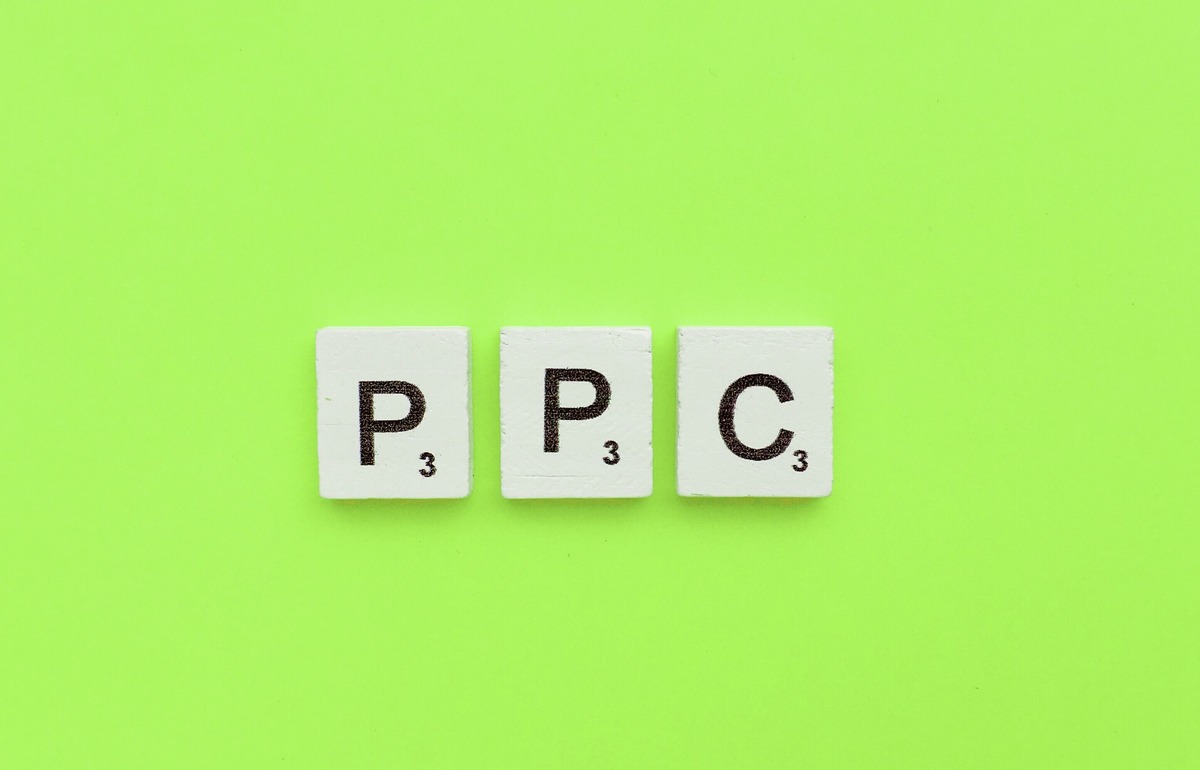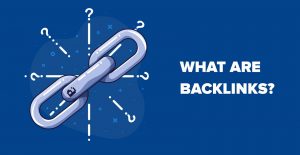Building Your First PPC Account Structure: Digital Marketing
When beginning to create a PPC account structure, it’s essential to think about the overall composition. The structure can influence the amount of time you have to spend on the account, the general performance of the account, your budget management, and the quality of reporting.
There isn’t a ‘one size fits all’ when it comes to creating a good PPC account structure. Each business is different. This means each PPC account structure will be changed as it will need to be created to meet the needs of each specific business.
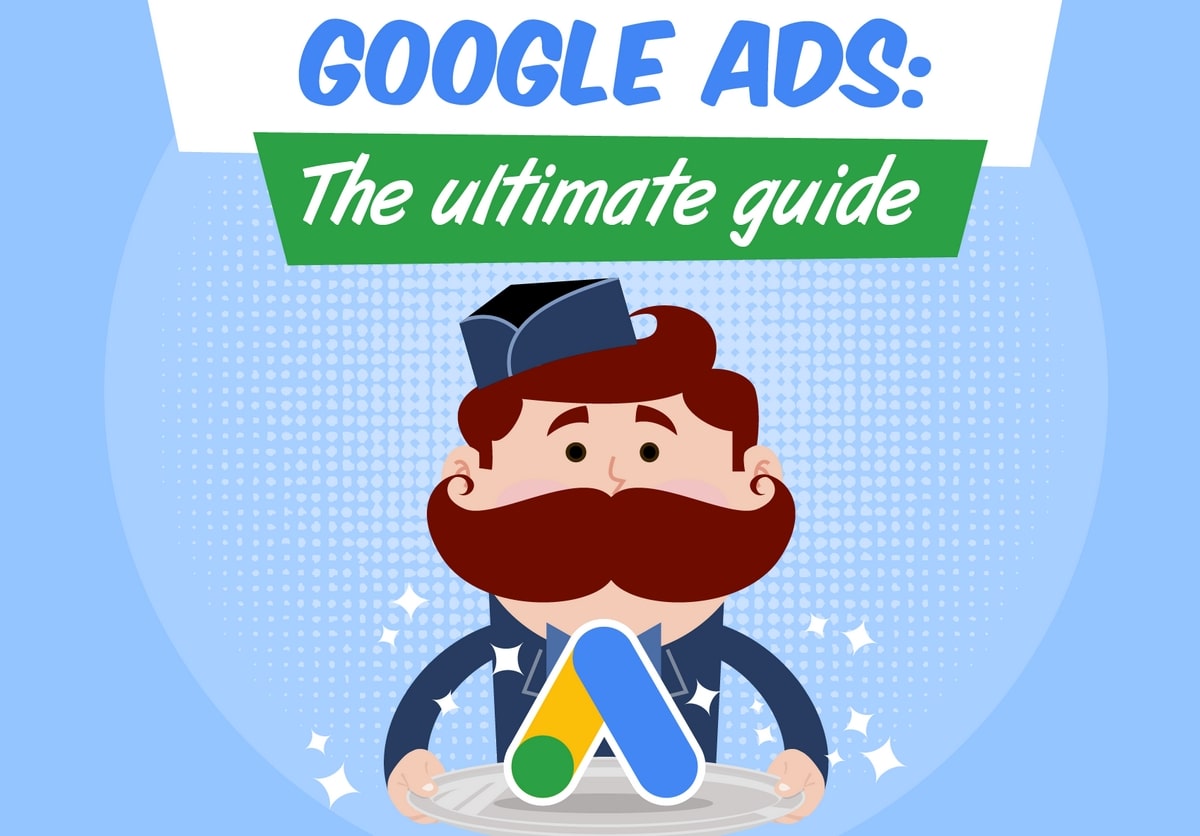
Why is a good PPC account structure important?
A good PPC account structure will not only improve general performance, but will also futureproof the account, improve insights, and avert potential issues in the future.
Here are some areas that a good PPC account can help in:
Reporting – A well-structured account makes reporting easier by displaying the data in a format that shows exactly what the business needs to see.
Quality Score – Creating a well-thought-out ad copy that is relevant to your keywords will help to improve Quality Scores. Improving your Quality Scores essentially results in lower click prices. The ability to create highly relevant ad copy that is tailored to the keyword can only be done with a well-planned, granular account structure.
Ease of management – Once the account has been created, it is going to need to be managed. A cluttered account structure that doesn’t have a logical layout is going to be challenging to manage and will make finding the right part of the account more difficult. This is likely to increase the amount of time required to achieve the account. Having a neat and tidy account with a considered and consistent structure is very important.
Future proof – As you optimize and further expand an account, you will likely be adding in more keywords and perhaps removing some as well. If the design of the account is consistent throughout and has a logical layout, then it makes it easier to determine where in the account each new keyword would slot in. Without this, keywords risk being added into parts of the account that would make them difficult to find and use for data analysis purposes in the future.
Excellent ad copy – Quality Score aside, a well-structured account will enable you to create better ad copy that is better tailored to the keyword or keyword theme. This is likely to result in a better clickthrough rate.
Budgeting – If your campaign structure is set up in a way where you can’t set the right budget for each area of your business — or if you have to divide up your budget to make it fit your account structure — then that’s not the right account structure for your business. Campaigns should be set out in a way that allows for the budget splits for each area to be quickly applied.
Account optimization – A good account structure will make it easy to see which areas are doing well and which areas aren’t. It will make keyword, ad copy and general performance optimization decisions quicker and easier to make. Read the following article on Search Engine Cage Website to learn more about Affiliate Marketing Using PPC
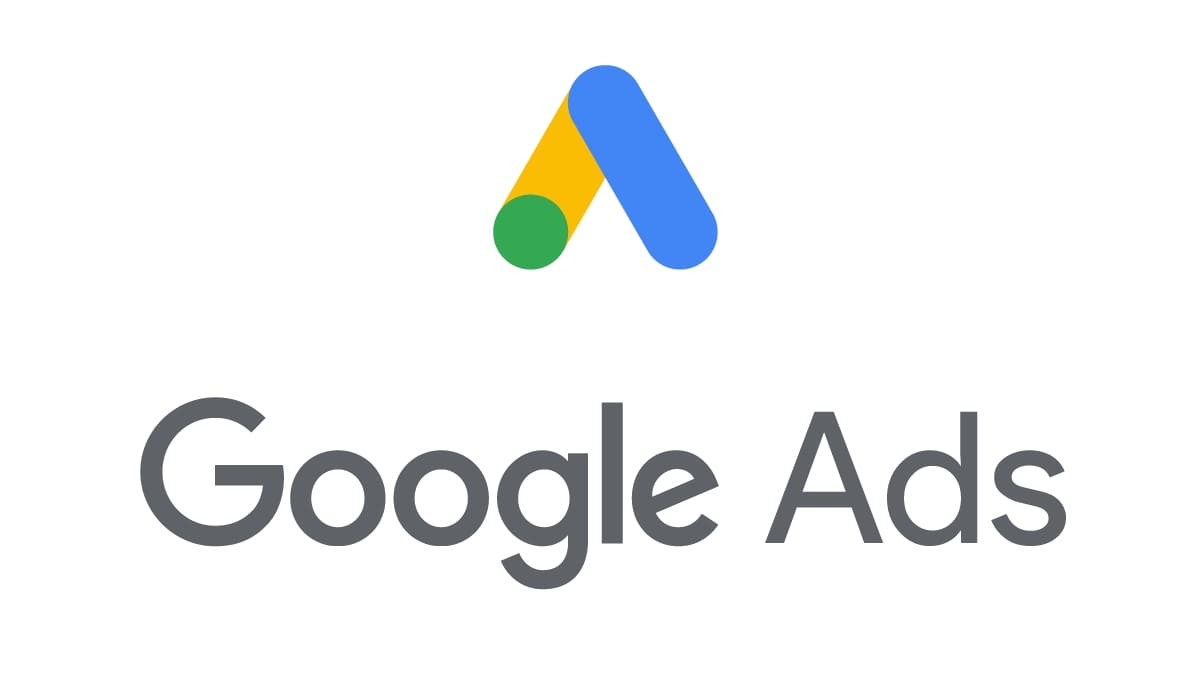
Considerations before creating a PPC account structure
At this early stage, before you jump into building your account, there are some top-level strategy considerations to think about. These will need to be considered when designing the account structure.
Management time available – Generally speaking, the larger or more granular the account is, the more complicated it is to manage. If you’re not going to have a lot of time to maintain the account, then you know you need to take steps to reduce the complexity of it. If you know that you’re going to have plenty of time to manage the account, then you have more freedom to add more granularity to the account — maximizing the performance as soon as the account goes live.
KPI goals – Think about what you’re trying to achieve and what your KPI goals are. For example, if your KPI goals are quite tight for one area of the account, then you may choose not to go too broad with your keyword choices or bid too aggressively in that area.
Budget – If you have an idea of the budget splits for each area of your PPC account, then you’ll know the type of keywords you can afford and which ones you should perhaps leave out. For example, if your budget is tiny for one particular area, then you may decide that you only need Exact Match keywords for that area — or maybe you will choose not to bid on keywords that have a very high click price.
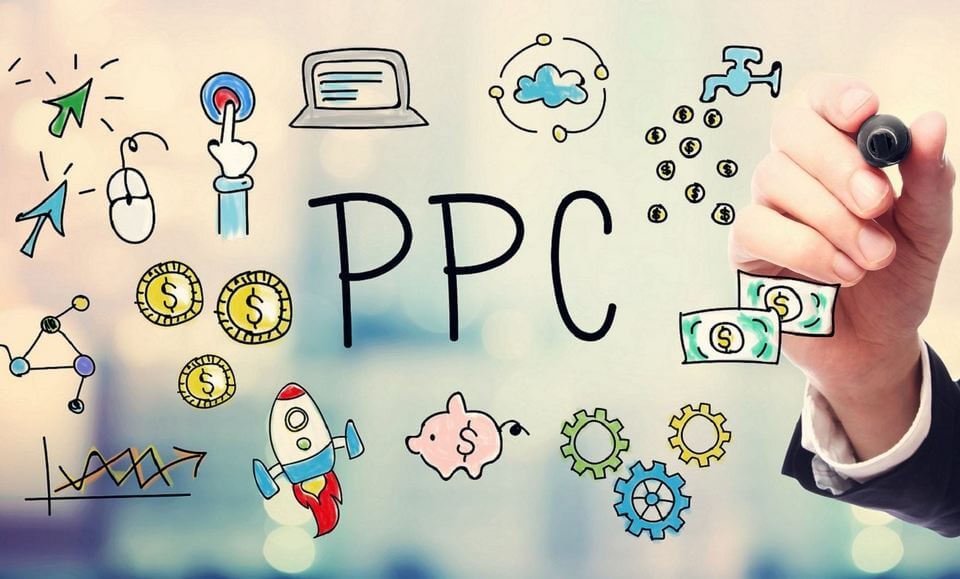
The skeleton of a PPC account structure
A PPC account contains campaigns, and campaigns consist of ad groups. Each ad group contains within it at least one keyword and at least one ad.
Knowing what can be applied at the Campaign level
As you’re designing your PPC account structure, it is essential to understand what is applied at the campaign level and what is applied at the ad group level.
Thinking about the type of keywords that you’re going to put into each campaign is essential. This is because some settings can only be applied at the campaign level, such as budgets.
This means if you want to give a particular group of keywords a specific budget, then you need to make sure you don’t put them amongst other keywords in the same campaign.
Some of the main settings that can only be applied at the campaign level are listed below:
- Budget
- Bidding method
- Start and end dates
- Conversion action (can also be used at the account level)
- IP exclusions
- Location targeting
- Language targeting
- to advertise on
What can be applied at the ad group level?
Inside an ad, the group is where you place your keywords and ad copy. This means that your ad groups should be grouped in a way that allows a particular theme of keywords to be added.
Below are just some of the main things that can be applied at the ad group level. Some of the below can also be applied at the campaign level:
- Audience
- Age group targeting
- Gender Targeting
- Maximum bid
- Ad extensions
- Bidding target (if using Target CPA or Target ROAS)
- Device bid adjustments
- Ad rotation
- Placement targeting
- targeting
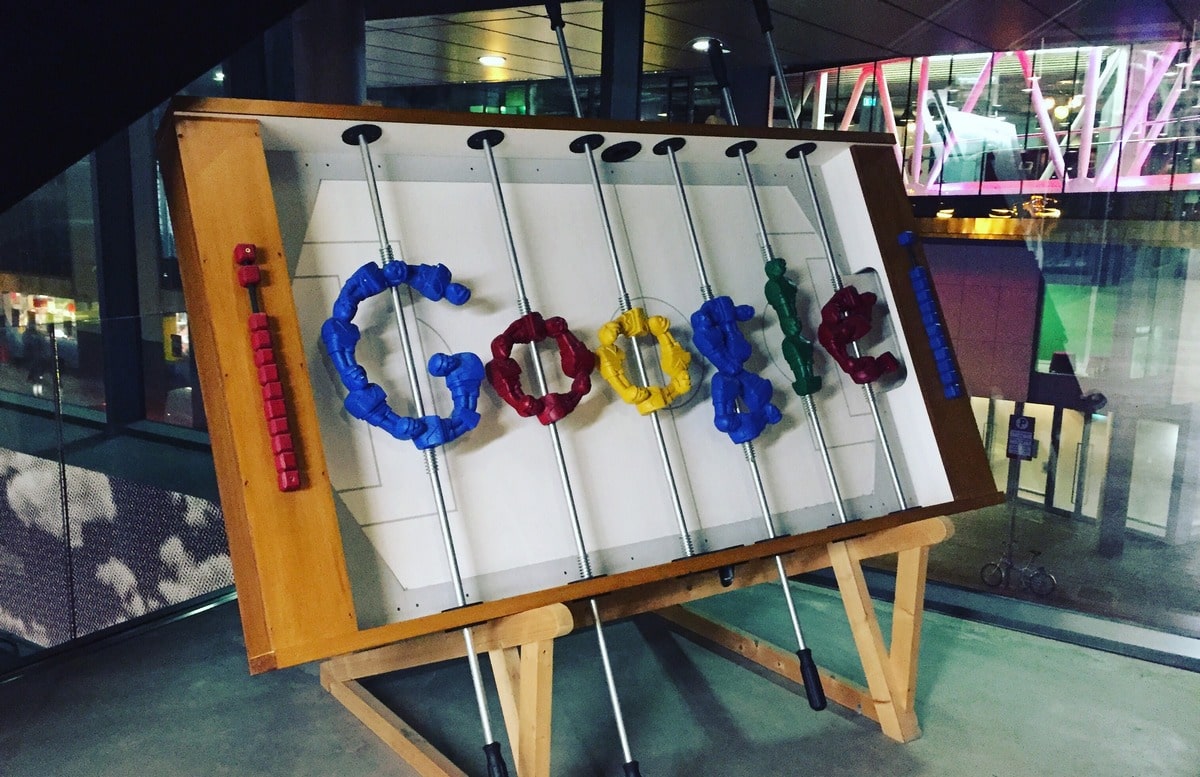
Campaign creation considerations
When it comes to deciding how many campaigns to have, you need to think about what your goals are and what you want to advertise. You also need to consider how much time you’re going to have to manage the account.
I’ve come across several accounts that were quite complex, but where the manager didn’t have enough time to manage the account. If you know you’re not going to be able to spend a lot of time on it, then you need to take steps to reduce the complexity during the account creation stage.
How to break out PPC campaigns
It is crucial to break out your campaigns into logical groups as this will make it easier to find the right part of the account as well as to analyze the performance of each area of it.
Here are some ways that you may decide to break out your campaigns:
- Brand/Non-Brand – Segment out brand searches versus non-brand searches
- Locations – Have separate campaigns for each location or set of locations
- Product/service type – Separate campaigns for each product group or type of service that you offer
- Campaign type – Have a campaign for each advertising method. For example, you may segment out by Search, Display, Shopping, Remarketing, Video, etc.
- Match type – Separate campaigns so that only one match type is present in each campaign

Create a naming convention and stick to it
Once you’ve decided on how you’re going to break out your campaigns, create a naming convention and stick to it.
For example, if you’re advertising clothing, you may choose to segment your campaigns by brand/non-brand, campaign type and product group.
If you choose to segment your campaigns in this way, then your campaign structure may look like the below:
Search | Brand | Footwear
Search | Non-Brand | Footwear
Search | Brand | Jeans
Search | Non-Brand | Jeans
Shopping | Brand | Footwear
Shopping | Non-Brand | Footwear
Shopping | Brand | Jeans
Shopping | Non-Brand | Jeans
Another example is where you’re a cosmetics company offering various treatments and are using PPC to capture leads.
You may want to segment campaigns by location so that you can see the performance of each position relative to its distance from your clinics.
You may decide to have different campaigns for each treatment type too so that you can easily see the performance of each treatment and allocate a specific budget to each.
As you have more time to manage the account, you may decide to split your campaigns out by match type as well:
Search – Breast Enlargement – Montreal – Exact
Search – Breast Enlargement – Montreal – BMM
Search – Abdominoplasty – Montreal – Exact
Search – Abdominoplasty – Montreal – BMM
Remarketing – Breast Enlargement – Montreal – Exact
Remarketing – Breast Enlargement – Montreal – BMM
Remarketing – Abdominoplasty – Montreal – Exact
Remarketing – Abdominoplasty – Montreal – BMM
Look at the structure of your website
If the structure of your website has been designed well, navigating the site to find what you need should be simple and logical. You can use the structure of your website to help design the structure of your PPC campaigns.

Should I group match types?
If you’re using a combination of match types, then at some point you’ll arrive at an important question: should I group the match types in the same ad group/campaign or not?
There are several blogs written about this topic and opinions are split. In short, there are three ways to sort match types. Each method has benefits and drawbacks. There are also several ways to ‘manage’ the cons of each technique. Here is a very brief run-down of each plan:
Method one
Group keyword match types together in the same ad group.
Benefits: Easiest to manage.
Drawbacks: It is possible for the traffic that would have been picked up by one match type to be picked up by another match type if the keyword bids are not staggered. For example, the exact match traffic may get picked up by the broad match modified keyword.
When keyword match types are grouped, it is also a little more challenging to analyze the performance of each match type
Method two
Group keyword match types in the same campaign but in different ad groups.
Benefits: Keeps all relevant keywords in the same campaign, which makes an account more comfortable to manage compared to having match types in individual campaigns.
Drawbacks: Negative work is required. For example, if you split out the exact match and broad match modified keywords into separate ad groups, then you need to make sure that the exact match keywords are added as negatives in the broad match modified ad groups. If you have a lot of ad groups, then this can become tricky.
Another drawback is that you end up with a lot more ad groups than if you were to group the match types in the same ad group. This may increase the amount of time required to manage the account.
Method three
Group keyword match types in separate campaigns.
Benefits: Keyword match types are entirely segmented, so it is much easier to see the performance by match type.
Adding in negative keywords to block out the exact match traffic from the broader keywords campaign is simple. This is because all the keywords in the correct match campaign can be added into the full match modified keywords campaign in one go.
Drawbacks: This method results in a lot more campaigns, which will likely lead to more time being required to manage and make changes to the account.

Keyword research
Now that you’ve decided on your campaigns and have a brief idea of the ad groups that you’re going to need, you can start to find keywords to target.
To carry out keyword research:
- Get into the mindset of your customer – Start by getting into the mindset of your customers and thinking about what they would search for when looking for a business, product, or service like yours.
- Look at the website for inspiration – Your website likely contains a lot of the keywords that a user would search for. Take a look at your site to get inspiration on the kind of themes that you should explore.
- Google Keyword Planner – There are several keyword research tools out there, but the Google Keyword Planner tool is an excellent place to start. All you need to do is add in some keywords, and this tool will find other variations of your keywords along with estimated search volume and recommended bid prices.
To find the Google Keyword Planner tool within Google Ads, click on ‘Tools & Settings’ at the top right. Then, on the menu, click on ‘Keyword Planner’ under the ‘Planning’ subheading.
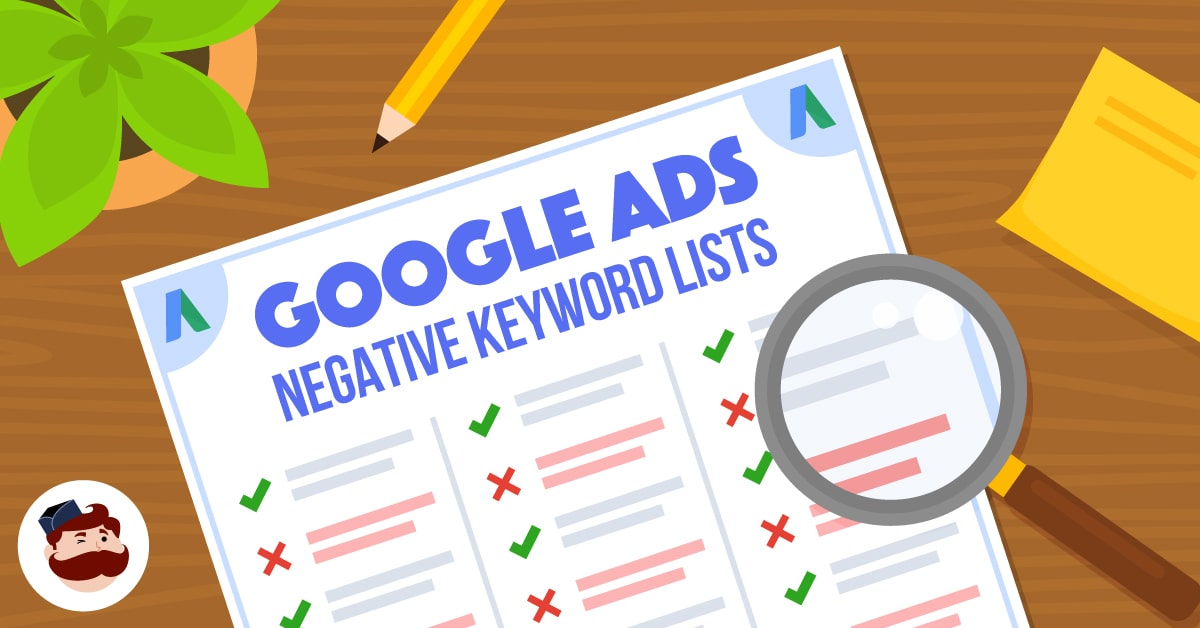
Identify Negative keywords
Add negative keywords to your account to tell Google not to show your ads for those keywords.
Negative keywords can be particularly useful if you’re bidding on Phrase Match, Broad Match, or Modified keywords, and there are specific irrelevant searches that you don’t want your ad to show for.
For example, if you’re bidding on the keyword ‘country boots’ on a phrase match, then your ad can potentially show on a search for ‘second-hand country boots.’ If you don’t sell second-hand products, then this can end up wasting your advertising budget.
Negative keywords can be added in later, but seeing as though you’re thinking about your keywords and finding more keywords via the Google Keyword Planner tool, it makes sense to also keep an eye out for irrelevant traffic as you determine the keywords.
Grouping Keywords into campaigns and Ad groups
Now that you have your basic campaign structure, an idea of your ad groups, and the keywords that you want to target, you can start to group your keywords into ad groups.
The key here is to ensure that each ad group has a specific theme. If you think that the ad message or intent for one keyword would be different from another keyword, then they shouldn’t be grouped in the same ad group.
For example, if you’re bidding on ‘country boots’ and ‘wide fit country boots,’ then you should probably split these two keywords out.
By doing so, you can mention ‘wide fit’ in the ad copy of the ‘wide fit country boots’ ad group.
This should help to improve ad relevancy, which leads to an improved Quality Score and lower click prices. Seeing as though some of your country boots are not ‘wide fit,’ you may want to make the ad copy for your ‘country boots’ keyword more general.
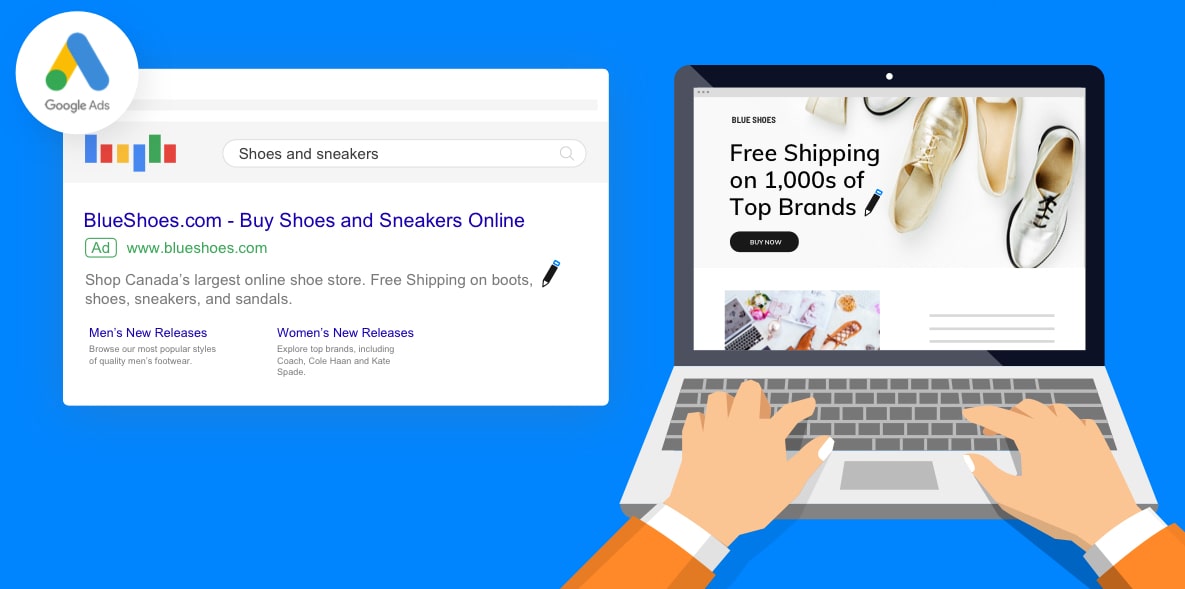
Creating Ads
- Improve clickthrough rate – Your ad copy is the first interaction that your customer has with your business. A good ad copy will persuade the user to click on your ad and not a competitor’s ad. Improving the clickthrough rate means you’re going to get more people visiting your website.
- Improve conversion rate – The type of messaging used in your ad copy should reflect your landing page. If the tone and message are different, then your ad may have a reasonable clickthrough rate but a poor conversion rate. For example, if you sell premium-priced products, then it may hurt your conversion rate if your ads talk about you having the cheapest products on the market.
- Improve Quality Scores – Improving the clickthrough rate of your ads not only helps you to win more clicks, but it is also a factor used to calculate your Quality Score. Quality Score is a score from one to ten given to your keywords. It is used to calculate your click prices. This means improving your Quality Score will help to bring down your click prices and allow you to buy more clicks for your budget.
This is not a detailed guide on writing ad copy. However, seeing as though the ability to write good quality ad copy is dependent upon the account structure, here are some tips on creating your ad copy based on your account structure:
- Include keywords in ad copy where possible – Adding words mentioned in your keyword into the ad copy can help to improve your Quality Score. For example, if your keyword is ‘men’s large t-shirts,’ then it can help your Quality Scores if you add ‘Men’s large T-shirts’ into the ad copy. This can only be done if you’ve segmented out all your ‘men’s large t-shirts’ keywords into a separate ad group. Of course, you mustn’t overdo this and add keywords to the point where it starts to impact the messaging of your ads negatively. Use of the Best Google Ads Scripts is also a good idea to create ads that boost engagement rate and convert more.
- Match the content of ad copy with the intent of keywords – Make sure that the content of the ad copy and the landing page match the theme and purpose of the keywords in your ad group. For example, if your keyword is ‘cheap country boots,’ then it makes sense to highlight any ‘cheap’ messaging related to your business. Similarly, if your keyword contains a location such as ‘private GP appointment Montreal’, then it is worthwhile mentioning that you have a clinic in Montreal within your ad copy. This is assuming you do have a clinic in Montreal.
- Include at least 3 version ads in each ad group – As a general rule of thumb, you should always be split-testing ad copy in each ad group to find the best-performing message. Add at least three ads into each ad group, and once you have enough data, you can pause the poorest-performing ad. This will gradually lead to an improvement in general account performance.
Wrapping up
If you’re thinking of running some PPC campaigns, your PPC account structure is what you’re going to be working with. This means your account structure needs to be well-thought-out. There isn’t a one-size-fits-all when it comes to creating a PPC account structure. Designing a poor PPC account structure can potentially result in more time being required to manage the account, poor reporting capability, and difficulty in identifying optimization areas.
Author:
With over eight years of experience in digital marketing, Rashed is the PPC Director at Pepper Agency. Rashed focuses on all things paid search, paid social, shopping, remarketing, and display advertising.
Credit Images:
- Adespresso.com
- Google.com
- Adobe.com

Anaïs Dubois
Digital Marketing Fanatic in Montreal, Quebec, Canada. SEO Writer for Trench.
